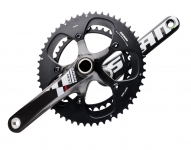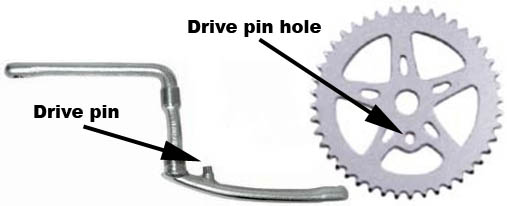Bike Crankset
Crankset Fixes, Reviews & Guides

Crankset Review: SRAM Red Carbon Exogram
Counter to logic, Sram did the seemingly impossible. They made a lighter crankset by increasing its size and made it not only lighter, but also stiffer by removing material.
...
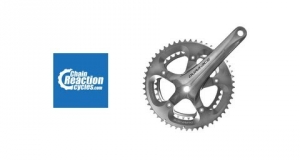
Shimano Dura-Ace Double Crankset Review
Shimano Dura-Ace 7800 Double Crankset:
Shimano Dura Ace Crankset
This is the new version of Shimano’s dura-ace race crankset. The dura-ace crankset is...
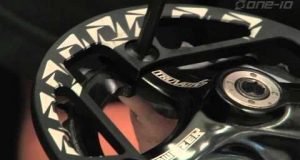
Install a Bashguard to Increase Ground Clearance
A bashguard is a plastic or aluminum ring that replaces the largest chainring. Its purpose is to increase ground clearance and help the bike slide over logs and rocks. It also protects the...
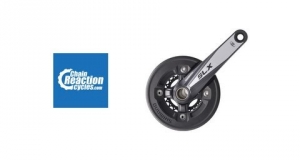
Review: Shimano SLX M665 Crankset
Shimano SLX M665 Double Crankset Review:
Shimano SLX M665 Crankset with Double and Triple Set-ups
Shimano’s cross-country and all-mountain bike crank set...
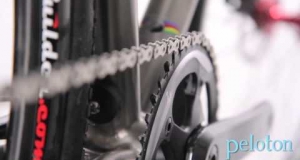
Review: SRAM Force CX1 (1x11 group)
A quick look at SRAM's new Force CX1 1x11 group:
1x11 groups, with 1 chain ring in the front and an 11-speed cassette in the back have gained wide popularity in all styles of mountain...
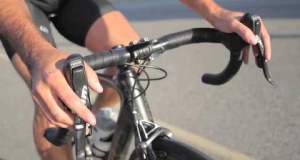
Review of SRAM Force 22 Group Set Components
Sram Force 22 Review:
Force is right below Sram’s top-end Red group set. Any Sram branded 22 is their 11-speed version. Currently they have Sram Red, Force, and Rival in 11-speed...

Remove 'Cotter Pin' Cranks from a Vintage Bike
This video will show you how to remove ‘cotter pin’ cranks.
Cotter pin cranks are generally older cranks and are found on older bikes.
The seat clamp in the video is used to hold the...
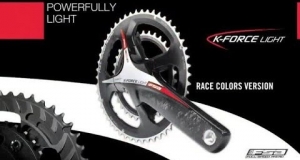
FSA's Top of the Line K-Force Light Crankset
FSA Cranksets are sought by both professional and amateur riders because of their light weight, high stiffness, and great power transfer.
FSA K-Force Light Carbon...
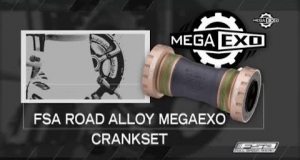
Install and Maintain FSA MegaExo Crankset
FSA Road Alloy MegaExo Crankset installation:
You will need the following tools: FSA MegaExo BB Cup Tool, torque wrench, FSA MegaExo Socket Tool, grease, and a 4mm & 5mm allen key....
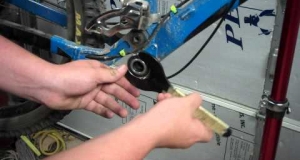
How to Stop External Bottom Bracket Creaks and Remove Cranks
Taking off crank and eliminating creaks:
This video will deal with external bottom bracket styles. You will need a chain breaker, bottom bracket puller, 8mm allen, 4-5-6 mm allen, a...
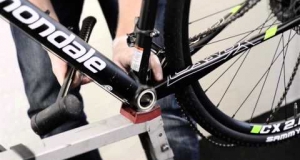
Mounting of CeramicSpeed with BB30 Bottom Brackets and Tool
CeramicSpeed bearings are hand made in Denmark from the finest quality components and special CeramicSpeed balls. Each part is designed to have the lowest friction possible and the longest...
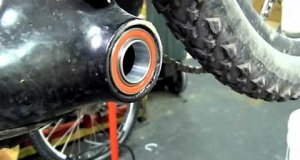
Installing Press Fit Ceramic Bearings in BB95 Bottom Bracket
Installation of Press-Fit bottom bracket ceramic bearings on a 2011 Gary Fisher Superfly 100 Elite.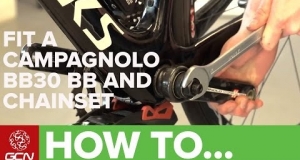
Install Campagnolo Over Torque (BB30) Bottom Bracket and Cranks
In this video, we're going to show you how to fit a Campagnolo over torque bottom bracket and change set. The over torque bottom bracket is a standard BB 30 press fit. To do this job, you'll need...
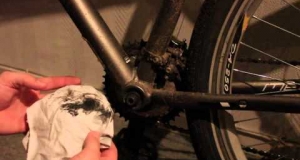
Fix Bike Crank Bolt Issues
For the most part bolts that creek or are loose are a pretty easy fix, either tighten them, lube them, or replace them. That's partly true with bicycle bolts as well but when dealing with the...
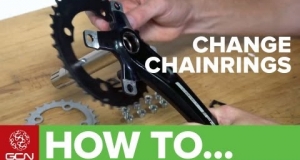
Replace a Road or Mountain Bike Chainring
Why would you want to replace your chainrings? Well, it might be that you’re upgrading them, changing the size, or you might want to experiment with some Osymetric or Rotor rings on the road. If...
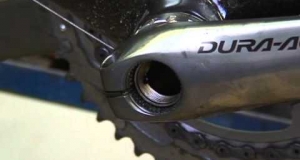
DIY Hollowtech II Crank Installation
The crank is the powerhouse that keeps your bicycle moving and from time to time the unit needs to be replaced or you might just want an upgrade. One such improvement can be made to your cycling...
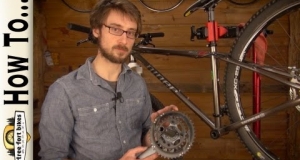
How to Replace an SRAM Crank and Bottom Bracket
I'm Mike from tree fort bikes. Today we're gonna show you how to remove and install a SRAM crank and external bottom bracket.
To do this work we're going to need a few tools, a 16 notch...
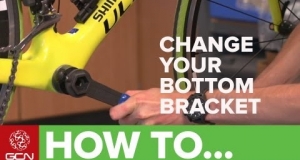
How to Replace a Shimano Threaded Bottom Bracket
There are too common types of bottom brackets on modern bikes.
One is the press bit the other one is the threaded which is exactly what we've got on this bike. Here in this video we can...
Shimano Component Groups for Mountain Bikes: A Comprehensive Overview
Just in case you mtb-ers thought I forgot about you, think again.
Here’s a look at all the component groups for mountain bikes that Shimano has out, starting from the bottom up.
...
Shimano Components Groups for Road Bikes: A Comprehensive Overview
Shimano is a major components company. That said, there are TONS (and I seriously mean TONS) of different options that you can choose from when you buy a component group from this maker.
...
